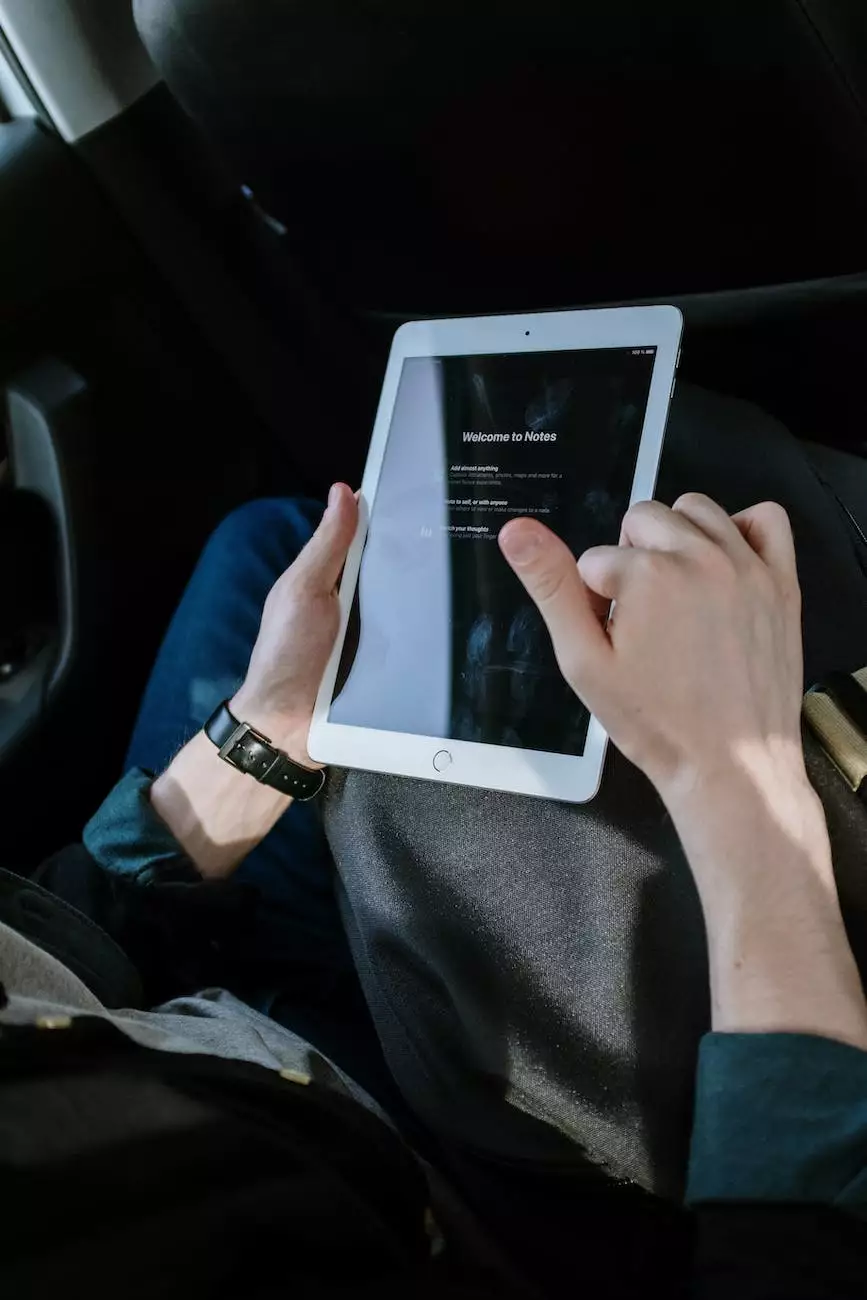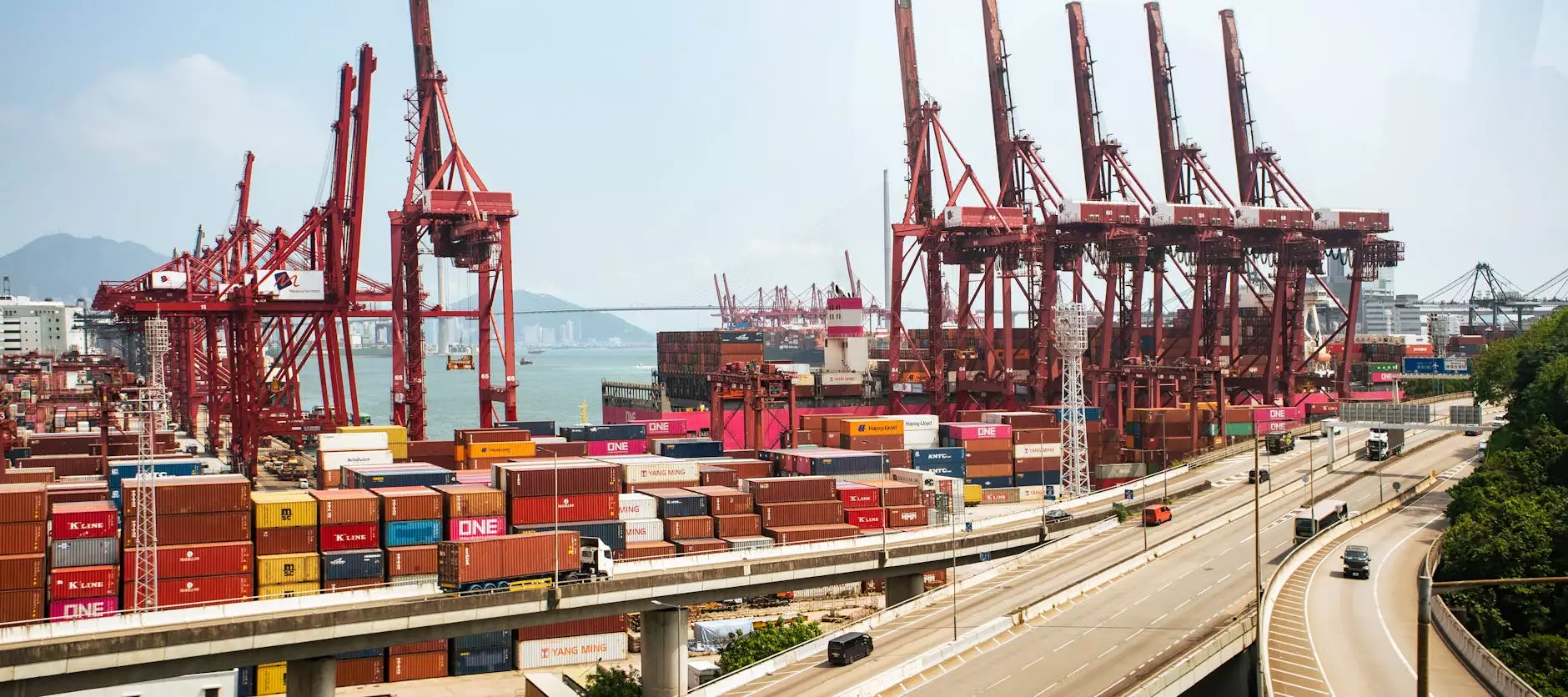How To Transport A Backhoe: Steps, Cost & Tips (2022)
Auto Transport
Introduction
Welcome to our comprehensive guide on how to transport a backhoe effectively. STS Towing, a trusted name in the business and consumer services industry, is here to provide you with valuable insights, step-by-step instructions, cost considerations, and essential tips to ensure a successful backhoe transportation experience in 2022.
Understanding Backhoe Transportation
Transporting a backhoe requires meticulous planning and attention to various factors. Whether you are a contractor, a construction company, or an individual handling heavy equipment, it is crucial to follow these steps to ensure the safety of both the backhoe and other road users.
Step 1: Equipment Preparation
Before transporting a backhoe, it is essential to prepare the equipment properly. Start by inspecting the backhoe for any mechanical issues, leaks, or loose parts. Ensure that all components, including the boom, bucket, and stabilizers, are secure and in good working condition. It is also advisable to clean the backhoe to remove debris, which may cause damage during transportation.
Step 1.1: Securing Loose Parts
Prior to transport, always secure any loose parts of the backhoe. This includes detachable components such as buckets and attachments. Use appropriate tools and secure each part properly to prevent any potential accidents or damage during transit.
Step 2: Choosing the Right Transport Method
When it comes to transporting a backhoe, there are various methods to consider. The choice primarily depends on the distance, budget, and specific requirements of your project.
Step 2.1: Flatbed Trailer Transport
Flatbed trailers offer a convenient and commonly used method for backhoe transportation. They provide a stable platform to securely load and transport the backhoe from one location to another. Ensure that the trailer is properly hitched, and the backhoe is securely fastened to prevent any shifting or movement during transit.
Step 2.2: Lowboy Trailer Transport
In cases where the backhoe's weight or dimensions exceed the capacity of a standard flatbed trailer, a lowboy trailer is the ideal choice. Lowboy trailers are designed to handle heavy equipment and offer a lower deck height, enabling efficient transport of taller or bulkier backhoes. Secure the backhoe using appropriate straps, chains, or attachments.
Step 2.3: Hauling Services
If you do not have the necessary equipment or expertise to transport a backhoe on your own, consider hiring professional hauling services. STS Towing, a market leader in backhoe transportation, offers reliable and specialized solutions tailored to your needs. Our experienced team ensures safe loading, secure fixation, and timely delivery of your backhoe to the desired location.
Step 3: Complying with Legal Requirements
When transporting a backhoe on public roads, it is crucial to comply with legal requirements to avoid penalties or accidents. Familiarize yourself with local regulations, obtain permits if necessary, and ensure the backhoe's dimensions and weight adhere to the legal limits. Additionally, display reflective warning signs and flags to alert other drivers about the oversized load.
Cost Considerations
The cost of transporting a backhoe can vary based on several factors, including distance, transport method, permits, and any additional services required. It is advisable to obtain multiple quotes from reputable towing companies to compare prices and services comprehensively. While cost is a significant consideration, prioritize the professionalism, reliability, and expertise of the service provider to ensure a smooth and secure transportation experience.
Tips for Successful Backhoe Transportation
Here are some valuable tips to make your backhoe transportation hassle-free and successful:
- Plan the transportation process in advance, considering factors such as weather conditions, traffic, and alternative routes.
- Secure all loose parts, including attachments, to prevent damage or loss during transit.
- Verify the insurance coverage for your backhoe to safeguard against any unexpected incidents.
- Communicate with the transportation company to discuss specific requirements and ensure they have the necessary equipment and expertise.
- Inspect the backhoe upon arrival to confirm it is in the same condition as at the point of loading.
Conclusion
Transporting a backhoe requires careful planning, adherence to legal requirements, and consideration of various factors to ensure a successful and safe journey. STS Towing, with our industry expertise and commitment to quality service, is your trusted partner for all backhoe transportation needs in 2022. Contact us today to discuss your requirements and benefit from our seamless and professional solutions!










